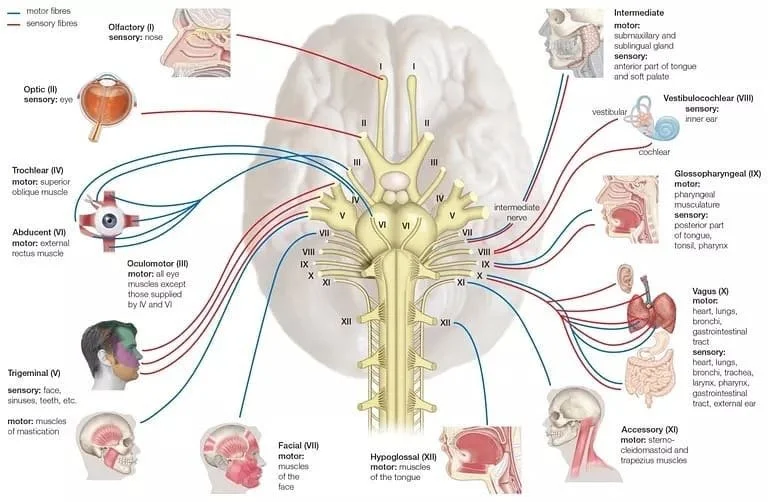More about your nervous system and the kinesiology based concepts I use
When I talk about the nervous system I endeavour to keep it as simple as possible.
I use analogy often. I meet people who have often been told ‘nothing to do with their scar’ post c-section for example. Or, I injured my ankle years ago, why is that a big deal?
Your nervous system and brain is constantly evaluating its environment absorbing and processing information and deciding whether it’s safe or not. You can imagine that the feedback from your nervous system is part of an intricate puzzle were biological, psychological and social factors are all pieces. The biopsychosocial model of pain sees pain not just as a physical sensation, but also influenced by your thoughts, emotions, behaviours and social environment. For example someones chronic back pain might not only be due to a physical injury but also influenced by stress, beliefs about pain, fears about pain and wether one feels supported in the life. We may be influenced by our experiences of seeing a family member or primary caregivers navigating pain and illness. Bone and tissue will typically take 4-6 weeks to recover, nerves take longer but when there are issues months or even years later we have to start looking at a bigger picture. ‘I’ve never been the same since’… an accident, bereavement, hospital stay, illness can be a big indicator to consider other things. If you’ve had a particularly difficult experience it can be very very helpful to have a clearing session to clear the charge around a particular incident and to also clear the fears and beliefs that have arisen from it.
I often work with scars and one of the ways I explain scar work is this:
Did you ever have one of those fiberoptic lamps? and if so do you remember how if one of the strands of cable got kinked that the light would only travel to that point and no to the end of the cable?
So when your body heals from an injury or an intervention like a surgery your body beautifully seals and heals your body with collagen creating scar tissue which is denser than normal tissue and slightly less elastic. It’s easy to imagine that a scar changes the flow of information in the nervous system and that some sort of adaptation takes place. Like a piece of fiberoptic cable the information may get ‘stuck’. Your body is constantly seeking the most efficient ways of doing things so it adapts readily though the healing process. One of the most common things I see is back pain after c section and often women don’t even want to touch their scar.
Kinesiology works with gentle muscles testing and ‘stims’ (stims can be taps or swiping on the body or movement) to ascertain this and we can help the nervous system to feel safe again. Its as if we can draw the nervous systems attention to the area and remind it that it is now safe.


